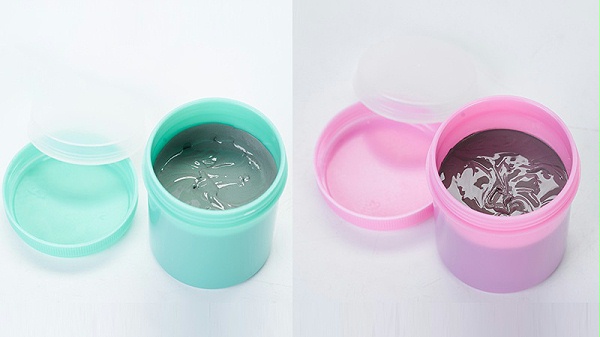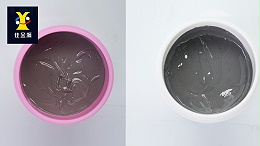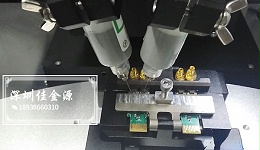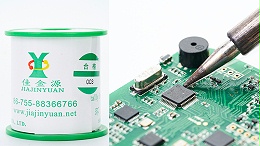
There are two types of circuit board assembly and soldering processes: "washing process" and "no-washing process". The first process required after cleaning is also the "face soldering" of the circuit board(Surface Mount)Or wave soldering, the process after wave soldering,Finally, pure water or detergent should be used to wash away the solder paste and the contaminants left after soldering the solder bars on the circuit board. With the continuous development of science and technology, the design of electronic components on circuit boards is becoming increasingly diverse and their volume is getting smaller and smaller. Therefore, some problems have gradually emerged in the cleaning process. In additionPCBThe cleaning process of the board is too troublesome, so it has evolved into a no-cleaning process. Now, let the solder paste manufacturer explain it to you:

PCBThe main purpose of cleaning the circuit board after assembly is to remove the residual flux on the surface of the circuit board.
ForSMTIn terms of the "no-wash method" and the "wash method", the biggest difference lies in the flux component in the solder paste, while in wave soldering, the flux component is added before entering the wave soldering furnace.
The main purpose of using flux is to "conduct heat", "remove oxides", "reduce the surface tension of the soldering material", "remove oil stains on the surface of the soldering material and increase the soldering area", and "prevent oxidation". Chemical substances like "acids" can accomplish these tasks. However, these drugs are corrosive. If they remain on the surface of the circuit board for a long time, they will corrode the circuit board. Cause serious quality problems. It can be seen that the difference between the "water-washing process" and the "no-water-washing process" is not significant. The main difference lies in whether there are more water-washing processes.
In fact, even if a one-time process is adopted for production and cleaning, the circuit board does not require improperly formulated solder paste when in use(Usually, solder paste produced by some unknown or small workshops is used)Afterwards, if there is too much flux residue, over time, the moisture pollutants mixed into the air may cause corrosion to the circuit board.
When the circuit board is at risk of corrosion, cleaning is necessary.
Therefore, it is not a circuit board produced through the "no-wash process" that does not require "water washing".
In addition, there are also some special circumstances where the no-wash process of circuit boards will be cleaned, such as:
1The end customers have high requirements and hope that the surface of the circuit board is clean in order to provide customers with a good appearance experience.
2To prevent unnecessary chemical reactions caused by solder paste residues, such as during the potting process.
3As the solder joints are set at the bottom of the parts, they tend to retain excessive flux. During use, after cooling, moisture can easily adhere to them. Over time, this leads to micro-conductivity, causing leakage or residual electricity consumption.
4,PCBAThe subsequent process requires increasing the surface adhesion of the circuit board.
For example, three conformal coatings need to pass the tests.
The residual flux from the no-wash process will cause micro-conductivity under humid conditions(Impedance reduction)Especially for components with detailed distances, such as0201The bottom of passive components below the size, especially the bar pitchBGAEncapsulation.
From this, it can be seenPCBThere is not much difference in the process of choosing "solder paste" or "solder paste" for circuit boards.
Of course, it is recommended to choose the no-wash optionSolder pasteAfter all, the cleaning process is really troublesome. Moreover, in most cases, choosing no-clean solder paste doesn't require a cleaning process. Saving one step can not only improve production efficiency but also save costs. Why not do it?



